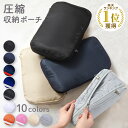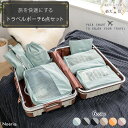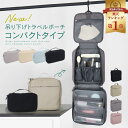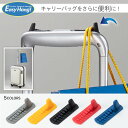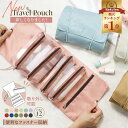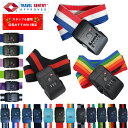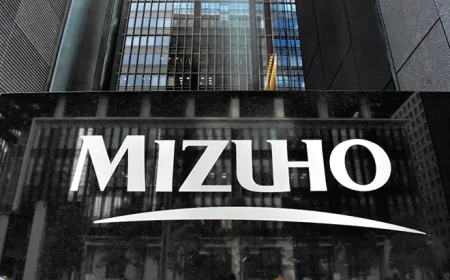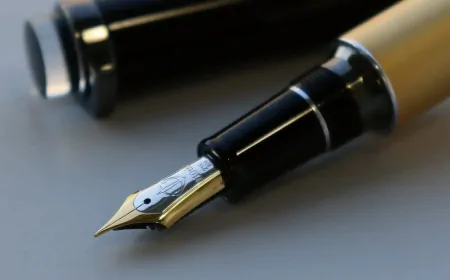The real use of wet wipes in Japanese restaurants
If you use a wet towel to wipe your face and neck before eating, you may be considered rude on the Japanese table.

Wherever you go to a Japanese restaurant, each customer will be served a towel placed on a plate as soon as they settle down. Towels are usually made of cloth, are white, are curled. This towel in Japanese is called oshibori, which means to squeeze, derived from the habit of wringing wet towels to wipe the body of the people of the land of the rising sun.
In Japanese culture, oshibori is traditionally used to wipe hands before meals. Appeared in the 1600s, oshibori is popular in Japanese teahouses, used by travelers to wipe their hands clean and comfortable before enjoying tea or eating meals. This is considered an act of showing the hospitality of the owner, this spirit still exists to this day.
If diners often use a towel to wipe their face and neck or to clean their hands and mouth during and after eating at a restaurant, that action may be considered impolite to the Japanese. To wipe the mouth, Japanese restaurants have dry tissues available on the table or served in sets of spoons and chopsticks.
In fact, Japanese people still use oshibori to wipe their faces when they eat, not always according to the concept of just wiping their hands. However, the gesture of wiping the face of Japanese diners is gentle and elegant, not rushing to wipe like rubbing their face. When finished, they fold the towel and put it on a plate or package. Japanese customers prefer to use cloth towels because they can check the appropriate humidity, when wiping, they are not wet like most pre-packaged towels.
In addition to hygiene purposes, towels also help diners stabilize their body temperature when entering from the outdoors. Restaurants serve towels depending on the weather and guests' requests. Cold towels are used in hot weather and hot towels are used in winter. Clean towels are moistened, folded and then put in the refrigerator or hot steamer, rather than being soaked in water when guests arrive.
When towels are brought out, diners often use their fingers to gently press to feel the temperature and humidity, then can wait a while for the towel to be less hot or cold or ask the shop to change another towel. For reusable cloth towels, you should smell the towel so that you can at least tell if it has been washed or not.
After use, you should fold it and leave it on the plate or on the table. At high-end restaurants, staff will clean up old towels when guests are almost done, and provide a fresh oshibori after the meal.
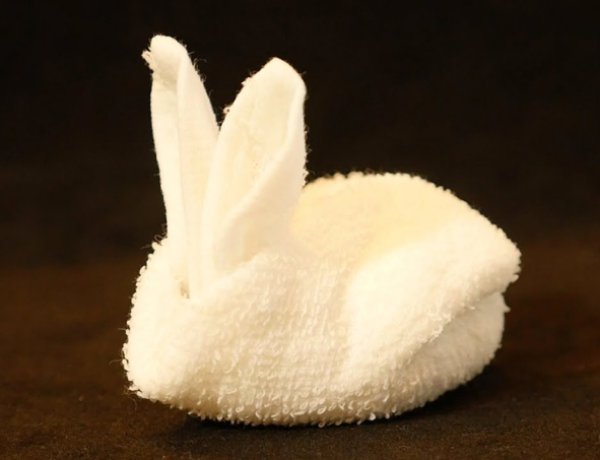
To ensure hygiene and health safety, many restaurants in Japan now use automatic towel roll machines, hire laundry services, disinfect, pack cloth towels, or buy disposable non-woven towels. Sometimes the Japanese bring their own wet wipes in boxes with many designs and colors.
Today, oshibori is served in every restaurant, pub, airport, Shinkansen train, and railway train throughout the land of the rising sun. Many international airlines often serve oshibori to first and business class passengers. In addition to eating, a form of oshibori towel is also used in barbershops and spas to moisturize the skin to make shaving, hair and beauty easier.
In Japan, October 29 is considered the day of oshibori (National Oshibori Cooperative Association Enacted) since 2004.
-------------------
Injavi.com - Visit Japan | Visit in Japan
Guide to living, studying and working in Japan
Related Products
